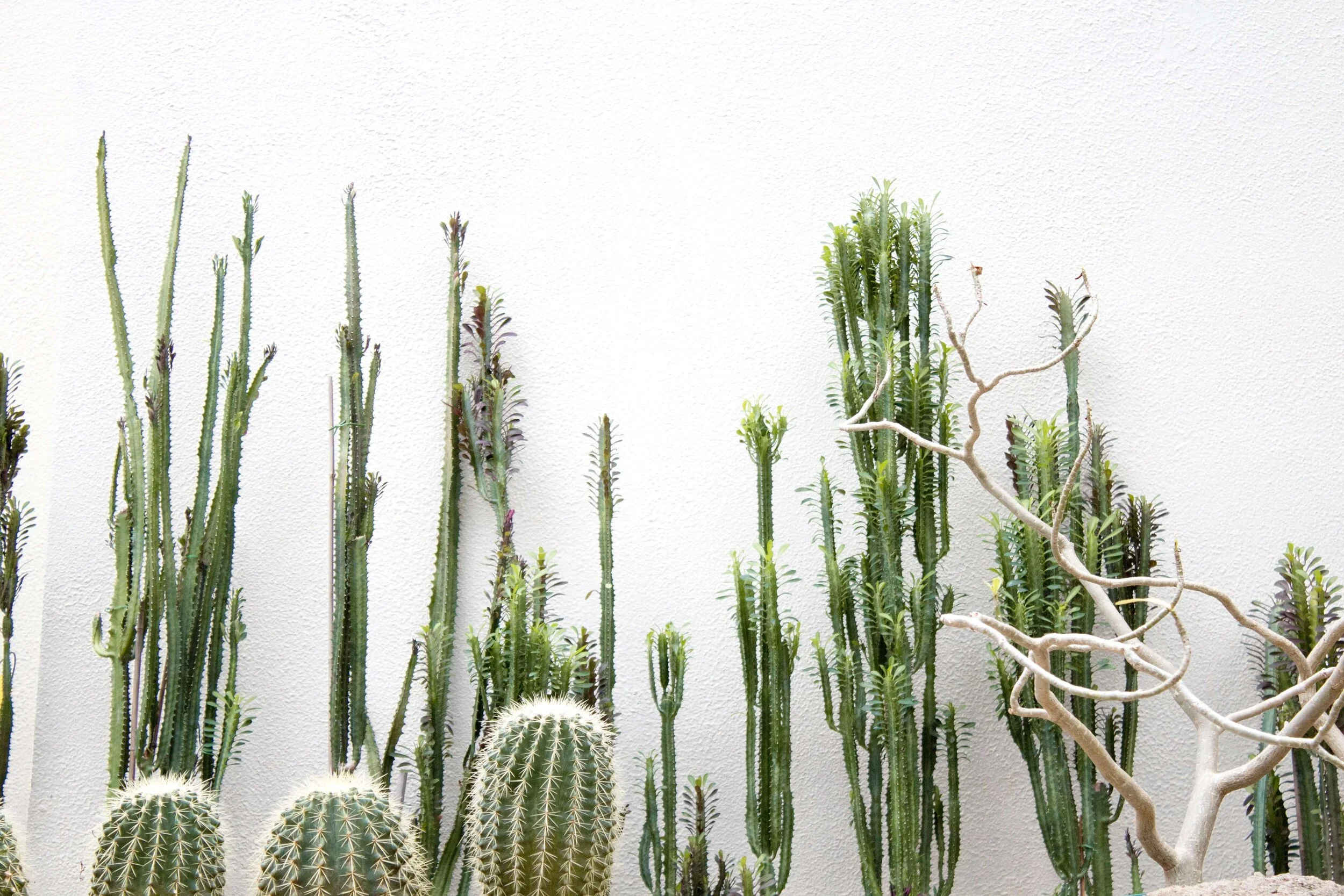Biophilic Design
“Interior design trends come and go .. but biophilic design is one that is here to stay. I am a huge advocate of interior ‘living walls’ and ‘green gardens’. Biophilia finds its way in most of my projects.
I call it living interiors with a purpose.”
In this post I would love to show the importance of the human connection with nature that is supported by Biophilic Design, and how to bring biophilia into a vision for healthier homes and work spaces.
Biophilia is a love of life or living systems. It encapsulates our connection with all things natural. By introducing plants, trees, living walls or green roofs into our homes we invigorate our connection with nature. It is a way to create natural environments to live and work in.
Biophilic Design uses principles to create a human-environment-centered approach to well-being with nature being the very essence which affects our psychological well-being.
THE BENEFITS BIOPHILIC DESIGN
Biophilic Design uses principles to create a human-environment-centered approach to well-being with nature being the very essence which affects our psychological well-being. One of the reasons why biophilic design continues to grow in popularity has to do with the health benefits it brings.
The outcomes of good biophilic design show that it is possible to:
Reduce stress
Enhance emotion, mood and happiness
Improve cognitive functions, concentration and productivity
Purify the air in your space
Help to reduce noise levels
Boost creativity
Keep you in touch with nature
Enhance your overall design aesthetic
Biophilic design makes us feel more connected to the present moment in a way that mimics meditative practices such as mindfulness.
“Biophilic design patterns are flexible for enhancing an experience that can be implemented in many ways, in various settings and environments. Biophilic design patterns are not based on strict formulas; they are simply meant to inform, guide and assist in the design process. Just as lighting design for a fast food take-out place versus a romantic restaurant will be different than for a spa or an office space.”
BIOPHILIC DESIGN PATTERNS
Biophilic design to a large extent is based on the needs of a specific space and purpose. I tend to categorise these patterns into three core areas.
1 | NATURE IN THE SPACE
This could include visual connections with nature such as living systems, non-visual aspects such as auditory stimuli, thermal and airflow conditions (e.g. the airflow across the skin or temperatures that might simulate natural environments - it makes a space feel alive, invigorating and comfortable). Water features can provide a calming effect to counter stress, while natural light and ventilation can improve physical wellbeing and the ‘feel’ of a building. Fluidity, sound, lighting each contribute to whether a space is perceived to be stimulating, calming, or both.
2 | NATURAL ANALOGUES
Human beings have a visual preference for organic and biomorphic forms. An example might be the use of biomorphic forms or patterns (such as textures or possibly numeric arrangements that might occur in nature such as the Golden Angle, which measures approximately 137.5 degrees, it is the angle between successive florets in some flowers; or the Fibonacci series 0, 1, 1, 2, 3, 5, 8, 13, 21, 34... is a numeric sequence that occurs in many living things, plants especially); or a connection to nature through organic materials that reflect local ecology or geology.
3 | NATURE OF THE SPACE
This could portray a place that feels safe, providing a sense of retreat and withdrawal.
“We tend to have an affinity for shapes and their sense of order, complexity and beauty — shapes and forms that we find in waves, shells and flowers.”
Simple changes to incorporate nature in your home can have a huge impact on how happy, creative and productive you feel in the very space you live and work. For example, natural and organic materials like wood or stone offer us textural and pattern variations that replicates the sensory experience in nature. Biophilic design is extremely approachable and can easily be modified to fit the needs of your very own space.
__
























